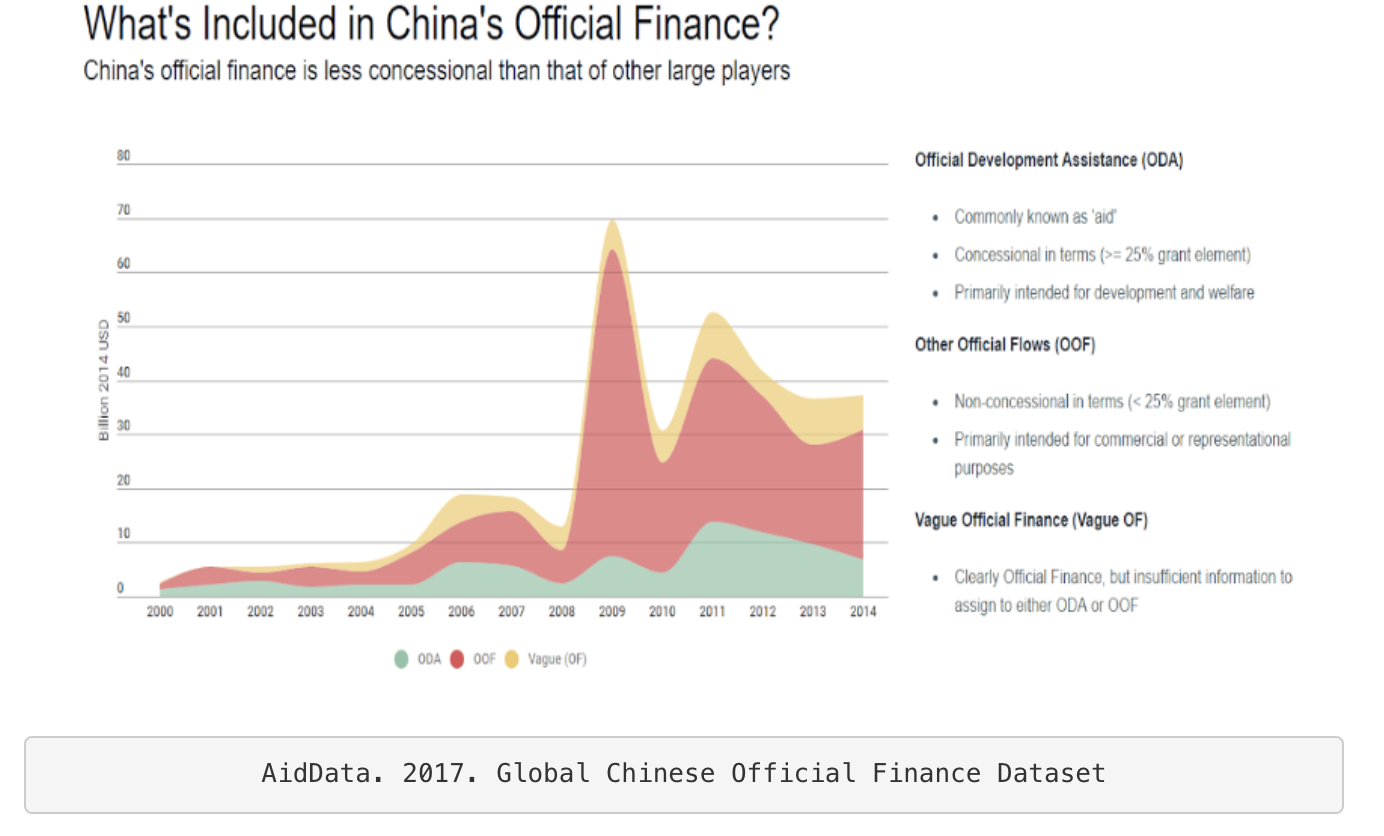With the latest show of force at Ghazni, the Taliban proved during their Al-Khandaq Spring Offensive of being capable to launch coordinated and major attacks. While the US military underestimates the importance of Taliban’s control over provincial districts, the Taliban is proving the opposite – using provincial areas to retreat and plan assaults on major cities. After the Eid al-Fitr cease-fire, the Taliban gained leverage for future peace negotiations in a time where Western-allied forces are trying to force the Taliban to the negotiation table and end the almost 17-year-war.
By Fabian Herzog
Ghazni, Afghanistan
After heavy fighting in the eastern Afghan city Ghazni, the Afghan National Security Forces (ANSF) reclaimed control on Saturday, 11th August 2018. The attack on the provincial capital – 2 hours from Kabul – was launched by 1000 Taliban fighters on Thursday, 9th August, as part of a major offensive to take over provincial cities [1] [2]. The battle is against the backdrop of the recently reached Eid al-Fitr ceasefire between the Afghan government and the Taliban. The confrontation takes place in a time where Western-allied forces are trying to force the Taliban to the negotiation table and end the almost 17-year-war [3] [4].
Despite warnings ongoing for months that Ghazni’s outskirts were being taken over by the Taliban, the central government did not respond [5]. The Taliban fighting force included Pakistanis, Chechens, and Al Qaeda affiliates. Police forces had to fall back to protect basic government facilities such as the Police Headquarters, the Intelligence Headquarter, and the prison [6]. The battle lasted two days and the ANSF losses reached up to 200. Ghazi has now become a hotspot with clashes constantly breaking out killing 100 police officers and soldiers so far [7].
Taking matters into his own hands, the Afghan National Army´s (ANA) Chief of Staff, Lieutenant General Mohammad Sharif Yaftali, went to regain control of the city [8]. ANSF were backed by US advisers and Special Forces to coordinate the two dozen air strikes and ground operations that drove the Taliban fighters out of the embattled city of Ghazni [9]. The Afghan government’s reaction was chaotic. As the ANA was reinforcing the Afghan police in Ghazni, it provided American ammunition to the Afghan police who use Russian weapons systems [10]. With the end of the military assault, a humanitarian crisis continues to unravel with families unable to leave their homes, alongside failing water and food supplies [11]. The Ghazni hospital is overburdened with over 250 dead or wounded – and numbers are rising. Due to the damage to the telecommunication systems and electrical support lines, the exact situation on the ground is hard to grasp.
The Taliban’s Spring Offensive Al-Khandaq has seen breakouts in other Afghan districts as well. The four-part, coordinated offensive aimed to take over territory, establish checkpoints, secure the area with IEDs, and collect taxes along both the Kabul-Kandahar Highway as well as the road from Ghazni City to Gardez [12]. In Faryab province in the north-west of Afghanistan, the ANA lost an outpost where up to 50 soldiers were killed. In the northern Baghlan Province attacks led to the loss of another outpost and 7 policemen and 9 soldiers killed and 3 soldiers captured [13]. In the Ajristan district, the Afghan Commandos lost 100 members from a forward operating base. The Taliban destroyed the base with two vehicle-borne IED, killing numerous soldiers. Some of the Afghan soldiers fled into the mountains and walked two days while being ambushed by the Taliban. The wounded 22 soldiers were rescued and transported with donkeys out of the mountains [14]. Overall the Afghan military, supported by US forces, is superior to the Taliban when it comes to decisive battles such as Ghanzi and the battle for Kunduz City in 2015 and 2016 [17]. However, the Afghan internal political disagreements and its inability to outmanoeuvre insurgents are a crucial problem [18]. This is demonstrated by the high losses of the ANSF and the Taliban´s capabilities to mobilise and undertake coordinated offensives. Special units such as the Afghan commandos are a crucial part of the NATO Operation RESOLUTE SUPPORT´s strategy to bolster Afghan forces. The high losses and the lost base is a discouraging hit for the Western allied forces and might indicate a declining effectiveness [15].
Retreived from liveuamap.com (2018)
Military stalemate and peace talks between the Afghan government and the Taliban
The Taliban offensive contributes to the heated atmosphere shortly before the parliamentary elections in October 2018. Another suicidal attack took place close to the independent election commission in Kabul [16].
While the US military underestimates the importance of Taliban’s control over provincial districts, the Taliban is proving the opposite – using provincial areas for retreat and planning assaults on major cities [19]. This was the same case at the 2015 siege of Kunduz when the city was slowly surrounded by insurgents, taking over the city step-by-step, which took the ANSF two weeks to retake [20].
From a broader perspective, the new US war strategy for Afghanistan published in 2017 foresees a retreat of ANSF from provincial outposts back to the major cities resembling the small footprint approach adopted by the Bush and Obama administrations [21]. As the examples of Kunduz in 2015 and now Ghazni show, this provides ground for the Taliban. Leading to sufficient time and resources to gather strength; there is space for poppy cultivation fields, training camps, and recruitment. The Taliban is trying to take over major provincial cities such as Kunduz, Helmand, Farah, and now Ghazni since the US led forces took a supportive role in 2014 [22].
After the Eid al-Fitr cease-fire the Taliban gained leverage for future peace negotiations as they proved capable to launch coordinated and major offensives [23]. The Afghan government is facing difficulty convincing critics of the peace efforts [24]. A US delegation met with the Taliban on 23rd July in Doha, Qatar; bilateral talks with the Americans have been a Taliban demand for years. The lack of time restrictions on US engagement in Afghanistan is an uncertain factor for the Taliban – which might act as an incentive for them to join negotiations [25]. This bilateral meeting certainly indicates that the US wants a solution to the almost 17 years of war. After the offensive in Ghazni it seems like the Taliban has increased their negotiation weight and sent their message of strength [26].
Sources:
[1] The Defense Post (2018): Taliban and the Afghan government both claim
control over Ghazni city,
https://thedefensepost.com/2018/08/11/afghanistan-taliban-government-control-ghazni/
accessed 13th of August 2018.
[2] The New York Times (2018): Why the Taliban’s Assault on Ghazni Matters for
Afghanistan and the U.S., By Mujib Mashal
https://www.nytimes.com/2018/08/13/world/asia/why-the-talibans-assault-on-ghazni-matters-for-afghanistan-and-the-us.html?rref=collection%2Fsectioncollection%2Fworld&action=click&contentCollection=world®ion=rank&module=package&version=highlights&contentPlacement=2&pgtype=sectionfront
accessed on 14th of August 2018.
[3] The Defense Post (2018): Taliban and the Afghan government both claim
control over Ghazni city,
https://thedefensepost.com/2018/08/11/afghanistan-taliban-government-control-ghazni/
accessed 13th of August 2018.
[4] The Defense Post (2018): Afghan government asserts ‘complete control’ over
Ghazni after Taliban assault,
https://thedefensepost.com/2018/08/11/afghanistan-government-control-ghazni-taliban/
accessed 13th of August 2018.
[5] The New York Times (2018): Why the Taliban’s Assault on Ghazni Matters for
Afghanistan and the U.S., By Mujib Mashal,
https://www.nytimes.com/2018/08/13/world/asia/why-the-talibans-assault-on-ghazni-matters-for-afghanistan-and-the-us.html?rref=collection%2Fsectioncollection%2Fworld&action=click&contentCollection=world®ion=rank&module=package&version=highlights&contentPlacement=2&pgtype=sectionfront
accessed on 14th of August 2018.
[6] ibid.
[7] The New York Times (2018): Taliban Kill More Than 200 Afghan Defenders on 4
Fronts: ‘a Catastrophe’
https://www.nytimes.com/2018/08/12/world/asia/afghanistan-ghazni-taliban.html?action=click&module=In%20Other%20News&pgtype=Homepage&action=click&module=News&pgtype=Homepage
accessed on 13th of August 2018.
[8] FDD´s Long War Journal (2018): Ghazni City remains under assault, despite
RS assurances, By Bill Roggio
https://www.longwarjournal.org/archives/2018/08/ghazni-city-remains-under-assault-despite-rs-assurances.php
accessed on 13th of August 2018.
[9] Reuter (2018): Afghan special forces sent to bolster threatened city
defenses, by Hamid Shalizi, Rupam Jain
https://www.reuters.com/article/us-afghanistan-attack/afghan-special-forces-sent-to-bolster-threatened-city-defenses-idUSKBN1KY0MY?feedType=RSS&feedName=topNews
accessed on 13th of August 2018.
[10] The New York Times (2018): Taliban Kill More Than 200 Afghan Defenders on
4 Fronts: ‘a Catastrophe’
https://www.nytimes.com/2018/08/12/world/asia/afghanistan-ghazni-taliban.html?action=click&module=In%20Other%20News&pgtype=Homepage&action=click&module=News&pgtype=Homepage
accessed on 13th of August 2018.
[11] BBC (2018): Afghanistan: Battle-torn Ghazni residents 'can't find food'
https://www.bbc.com/news/world-asia-45168890
accessed on 13th of August 2018.
[12] FDD´s Long War Journal (2018): Ghazni City remains under assault,
despite RS assurances, By Bill Roggio,
https://www.longwarjournal.org/archives/2018/08/ghazni-city-remains-under-assault-despite-rs-assurances.php
accessed on 13th of August 2018.
[13] The New York Times (2018): Taliban Kill More Than 200 Afghan Defenders on
4 Fronts: ‘a Catastrophe’
https://www.nytimes.com/2018/08/12/world/asia/afghanistan-ghazni-taliban.html?action=click&module=In%20Other%20News&pgtype=Homepage&action=click&module=News&pgtype=Homepage
accessed on 13th of August 2018.
[14] ibid.
[15] FDD´s Long War Journal (2018): Ghazni City remains under assault,
despite RS assurances, By Bill Roggio
https://www.longwarjournal.org/archives/2018/08/ghazni-city-remains-under-assault-despite-rs-assurances.php
accessed on 13th of August 2018.
[16] FDD´s Long War Journal (2018): Ghazni City remains under assault,
despite RS assurances, By Bill Roggio
https://www.longwarjournal.org/archives/2018/08/ghazni-city-remains-under-assault-despite-rs-assurances.php
accessed on 13th of August 2018.
[17] FDD´s Long War Journal (2018): Taliban routs Afghan Commandos while overrunning
remote district in Ghazni, By Bill Roggio
https://www.longwarjournal.org/archives/2018/08/taliban-routs-afghan-commandos-while-overrunning-remote-district-in-ghazni.php
accessed on 13th of August 2018.
[18] Reuter (2018): Afghan special forces sent to bolster threatened city defenses
by Hamid Shalizi, Rupam Jain
https://www.reuters.com/article/us-afghanistan-attack/afghan-special-forces-sent-to-bolster-threatened-city-defenses-idUSKBN1KY0MY?feedType=RSS&feedName=topNews
accessed on 13th of August 2018.
[19] FDD´s Long War Journal (2018): Ghazni City remains under assault,
despite RS assurances, By Bill Roggio
https://www.longwarjournal.org/archives/2018/08/ghazni-city-remains-under-assault-despite-rs-assurances.php
accessed on 13th of August 2018.
[20] The New York Times (2018): Why the Taliban’s Assault on Ghazni Matters for
Afghanistan and the U.S., By Mujib Mashal
https://www.nytimes.com/2018/08/13/world/asia/why-the-talibans-assault-on-ghazni-matters-for-afghanistan-and-the-us.html?rref=collection%2Fsectioncollection%2Fworld&action=click&contentCollection=world®ion=rank&module=package&version=highlights&contentPlacement=2&pgtype=sectionfront
accessed on 14th of August 2018.
[21] The New York Times(2018): Newest U.S. Strategy in Afghanistan Mirrors Past
Plans for Retreat, By Thomas Gibbons-Neff and Helene Cooper,
https://www.nytimes.com/2018/07/28/world/asia/trump-afghanistan-strategy-retreat.html
accessed on 14th of August 2018.
[22] The Diplomat (2018):The Trump Administration's Terrible Idea for Afghanistan's Security Forces
https://thediplomat.com/2018/08/the-trump-administrations-terrible-idea-for-afghanistans-security-forces/
By Ghulam Farooq Mujaddidi, accessed on 14th of August 2018.
[23] The Washington Post (2018): Taliban blindsides U.S. forces with surprise Afghan offensive
By Carlo Muñoz
https://www.washingtontimes.com/news/2018/aug/13/taliban-surprise-offensive-afghanistan-catches-us-/
accessed on 14th of August 2018.
[24] The New York Times (2018): Why the Taliban’s Assault on Ghazni Matters for Afghanistan
and the U.S., By Mujib Mashal
https://www.nytimes.com/2018/08/13/world/asia/why-the-talibans-assault-on-ghazni-matters-for-afghanistan-and-the-us.html?rref=collection%2Fsectioncollection%2Fworld&action=click&contentCollection=world®ion=rank&module=package&version=highlights&contentPlacement=2&pgtype=sectionfront
accessed on 14th of August 2018.
[25] The Washington Post (2018): Taliban blindsides U.S. forces with surprise Afghan offensive, By Carlo Muñoz
https://www.washingtontimes.com/news/2018/aug/13/taliban-surprise-offensive-afghanistan-catches-us-/
accessed on 14th of August 2018.
[26] The Guardian (2018): Taliban hails 'helpful' US talks as boost to Afghan peace process
Memphis Barker and Sami Yousafzai in Islamabad
https://www.theguardian.com/world/2018/aug/13/taliban-hails-helpful-us-talks-as-boost-to-afghan-peace-process
accessed on 14th of August 2018.






